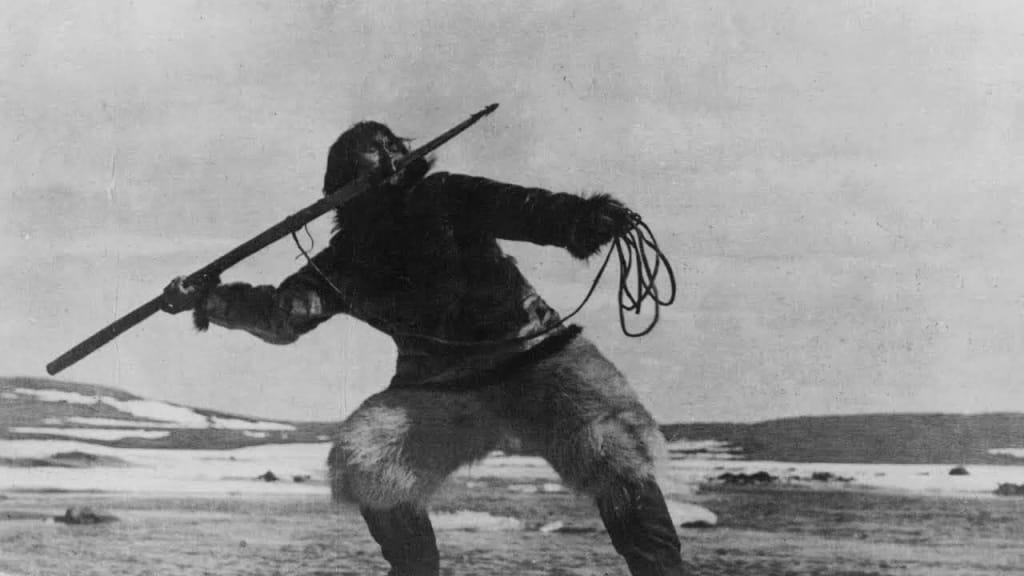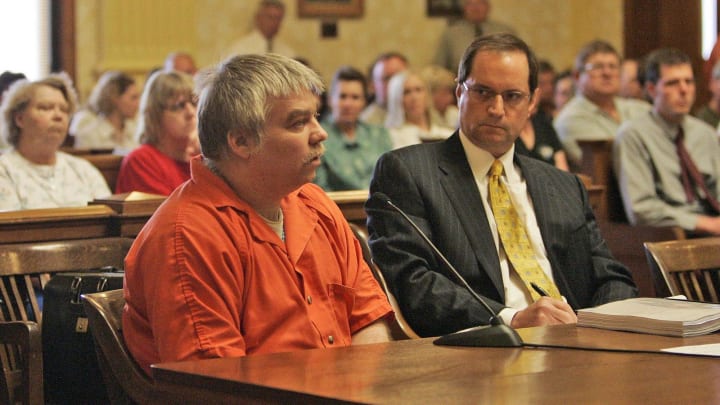The Ever-Changing Face of Documentary Film
A Very Brief history of Some Landmark Moments in the History of Documentary As a Genre

As the case with many other genres of film, there is some debate around the first example of documentary. Some credit Roundhay Garden Scene (1888) as the first example—known today as “the earliest surviving motion picture in the world.” Captured by French inventor Louis Le Prince, the film features Joseph, Sarah and Annie Whitley along with Le Prince’s son Adolphe in their home in Roundhay, Leeds. Captured on Eastman Kodak paper-based film, through a single-lens combi camera-projector, the short film simply captures the family walking around the garden and laughing. A completely groundbreaking technological development, evidence can be put forward to suggest that this is, in fact, the earliest form of documentary. Acclaimed film director Martin Scorsese (2010) proposes the earliest representatives of film are photographed examples of daily life, meaning the early recordings give us a factual and observational report of culture at this time. Even though we have had time since, to refine the genre and definition, Scorses' proposition could surely be used as a description to explain what we expect from the documentary genre 131 years later.
Other popular opinions favour The Lumière Brothers as the creators of documentary; “The ultimate aim of documentary is to find the perfect way of representing the real so that the distinction between the two becomes invisible” (Bruzzi, 2000). The Lumière Brothers had no choice, but to do this because of technological limitations, the brothers created a camera capable of holding 50 feet of film stock. This stock footage was unedited and was presented to audiences of the time as originally photographed. An example of this was their most famous motion picture: Un Train Arrivee (1895) which shows a train pulling into a station. Obviously, these examples of moving image would have been fascinating and captivating for audiences of the time, it has even been put forward that audiences would have been disconcerted by the images however Beaumont and Freeman (2007) has discredited this stating that it “seems unlikely.”

Screenshot taken from Un Train Arrivee(1895)
Documentary, as a form recognisable to audiences today, started with Nanook of The North (1922). An ethnographic documentary which focuses on the daily activities of an Inuit family, as many documentaries do today, Nanook of the North focuses on an already established trend in society. It served countries who saw the Inuit as a cuddly and loveable primitive man (Rony and Tobingrony, 1996). Today’s movie industry we constantly see filmmakers target pop-culture trends to use as stimuli for films, Nanook is a particularly excellent example of early filmmakers focusing on cultural trends for further critical and economic benefits. It is important that Nanook of the North isn’t disregarded simply as a money making project. The film is regarded as “an artifact of popular culture” and still “remains a staple for high school and university courses in anthropology and ethnographic film” (Rony and Tobingrony, 1996, p.99). The word "documentary" had still yet to be used prior to Nanook, however, upon its release, now renowned documentarian John Grierson invented the word as a way of describing the creative interpretation of reality.
At this time Nanook of the North drew some criticism, critics felt that the film focused on artistry, meaning the reality behind the film was lost in the process; Night Mail (1936) further fueled these criticisms of documentary filmmaking. Originally beginning as an informative film about a mail train that travelled between London and Edinburgh, the editing process instead empathised the poetic elements of film such as sound and light. Grierson who worked on the film received further criticism; suggesting that the film had neglected the social and political issues in favour of a modernist approach that celebrated machinery more than human beings. This has been a constant and prominent problem for the documentary genre, Bruzzi (2000) states “technical equipment is at the heart of the debate surrounding honesty and documentary;” the idea that documentarians can manipulate a real story because of technological developments in film has been concerning to those who believe this compromises the essential authenticity and realism. Nevertheless, this led to major developments for the genre in the 1950s and 1960s. Direct Cinema was a movement that began in the United States that presented cultural, political and social issues in an unmediated way. Direct Cinema quickly established itself thanks to significant technical advances, new lighter 16mm cameras were used as it allowed the camera to be held on the shoulders of cameramen certifying the unmediated and spontaneous manner of Direct Cinema.
Direct Cinema was ever popular for documentarians in the United States; “direct cinema’s ethos is objectivity, and that, in turn, ‘objectivity’ and ‘observation' are synonymous. The elision has proved highly detrimental to the conventionalised perception of direct cinema” (Bruzzi, 2000). During this same period, societies growing appetite for objectivity in documentaries was being highly considered, new advancements in France began to shape from this. Cinema Vérité is an extremely minimalistic approach to filmmaking, favouring natural lighting, hand-held cameras and direct style. For Nichlos (1983) and others “the observational style is problematic because it implies the filmmakers loss of voice, thereby insinuating that ‘pure’ observation comes at the expense of commitment, interventionism and authorship.”

Screenshot of the Famous Promotional Eye from the Reality Series Big Brother.
As debates regarding the true definition of documentary continue, the small-screen begins to become somewhat of a ‘home’ for these non-fiction films. The 1980s further explore the documentary format, in 1987 the acclaimed PBS series P.O.V. (Point of View) premieres, the series focused on providing a spotlight for independent documentary filmmakers with particular political or cultural points of view. The 1990s, however, truly changed and redefined the documentary format with the introduction to reality yelevision, Chapman and Allison (2009, p.11) recount, “Reality TV became the new saviour of the US Networks and 1990s cable channels. Reality TV, coaches participants and artificially creates conflict in order to inject drama into a situation being filmed." The focus on presenting the audio-visual evidence as much as “the story” is one of the features that distinguishes reality TV from earlier attempts to “catch the real.” Shows like Big Brother (2000) garnered record viewing figures for its networks.
Reality television brought innovation to the documentary genre on the small-screen however documentary films found little success on the big screen, and more importantly at the worldwide box office. Audiences thirst for summer blockers and whimsical adventures continued to grow, meaning documentaries quickly lost their place at the box-office, a writer from the Huffington Post claims this was utterly down to the fact that the genre wasn't making money (McMahon, 2014). We did see a resurgence of economic success in 2009, Michael Jackson’s This Is It (2009) was released and went on to make $261.2 million worldwide. The documentary genre had once again evolved with the birth of the ‘documentary concert’ film; as of 2016 four of the ten highest grossing documentaries of all time fall under this genre (Justin Bieber: Never Say Never (2011), Michael Jackson’s This Is It (2009), One Direction: This is Us (2013) and Katy Perry: Part of Me (2012)).

Screenshot from Making a Murderer (2015)—A Huge Commercial Documentary Hit for Netflix
In our society today, online streaming services are all the range and documentaries have always had a significant presence on them, with popular projects such as Icarus (2017) and Blackfish (2013) being particularly notable. However, it was Making a Murderer (2015) that would become the revolutionary catalysts in regards to how online streaming services view the documentary genre. Debuting on Netflix in early 2015, in its first 35 days, the show had been watched by over 19 million viewers (Lynch, 2016). The show became that of a cultural phenomenon, becoming a trending topic for months, Making a Murderer’s reception was unprecedented which led to Netflix green-lighting a second series.
As documentaries continue to be made it is to be expected that defining the genre will become ever more multifarious. At this point in time however we must ultimately look at the common themes throughout history. Whether the documentary features poetic themes, social agendas or observational overtones we are continually being given the closest filmographic experience of reality.
About the Creator
Connor Luke Simpson
amateur filmmaker - will post my ramblings about film and television here from time to time. find me at @RealConnorLuke on Instagram, Facebook and Twitter.






Comments
There are no comments for this story
Be the first to respond and start the conversation.